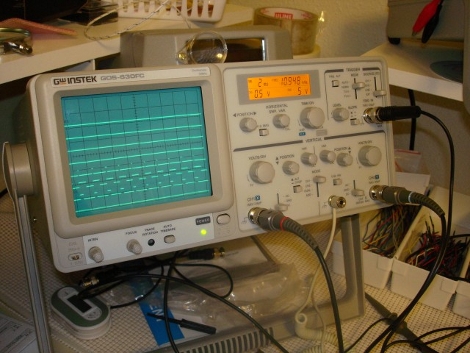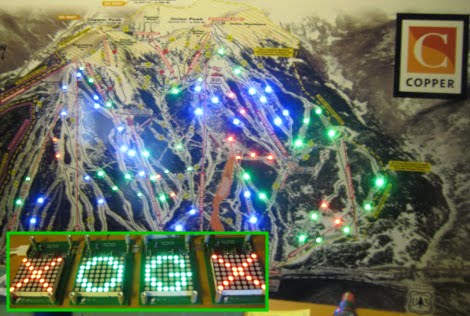This project, by an unknown hacker, patches into an electric typewriter and uses it as a Teletype. An AVR ATmega168 microcontroller patches into the key matrix of the typewriter which allows it to artificially type. Now, data can be sent over a serial connection to the AVR for output on the typewriter.
We’re not quite sure what this is going to be used for. We’ve seen hacks like this for Twitter reading in the past but he makes no mention of that type of use. Personally, we’d like to have this just to “print” out the occasional letter. Typewriters are so rarely used these days it would be a bit peculiar to get a letter that has the dimpled impressions associated with slamming a die into a piece of paper.















